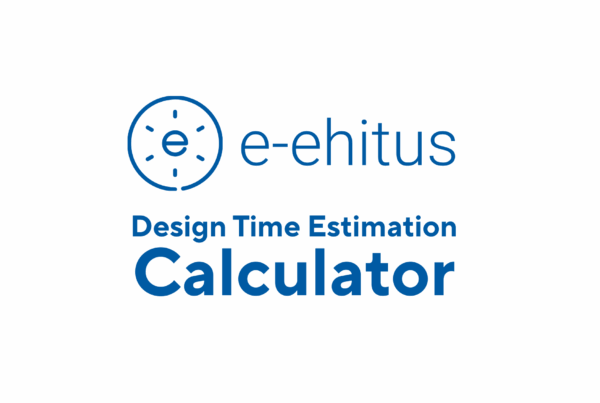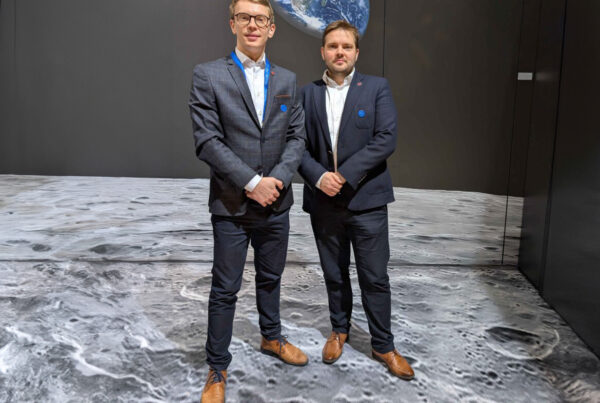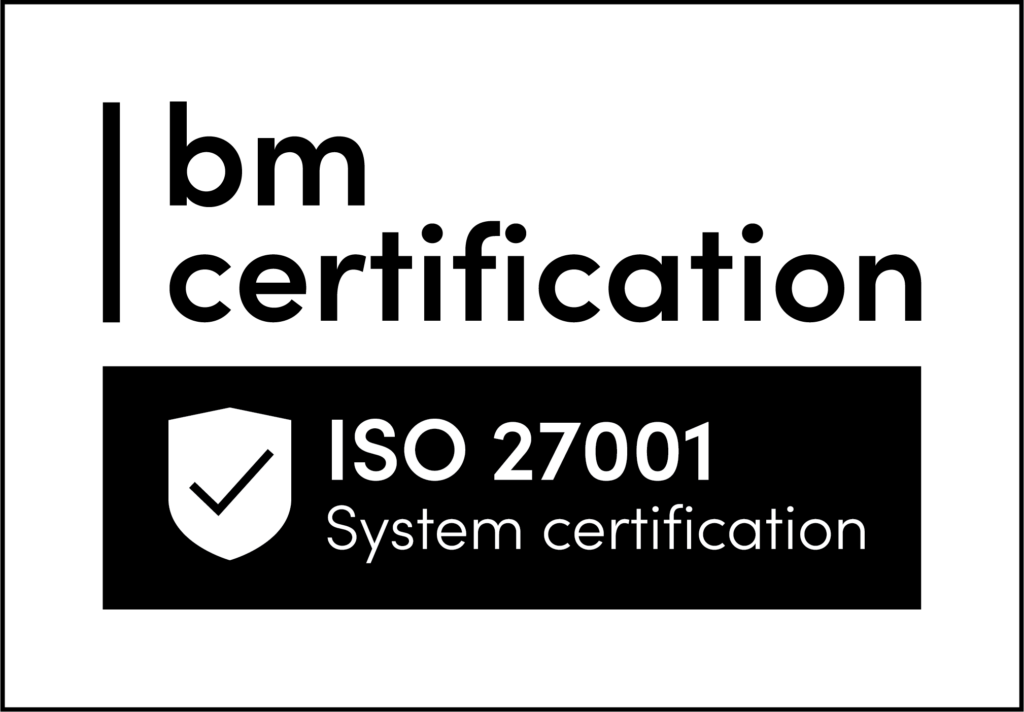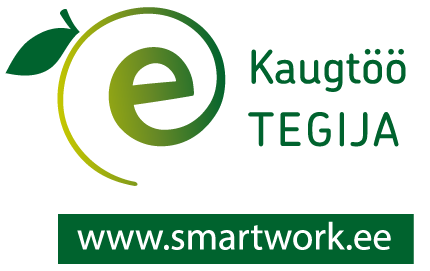- A digital twin is a dynamic virtual replica of a physical building.
- Digital twins in construction help to prevent, monitor and correct problems.
- Demand for digital twins is growing in the construction sector.
What is a digital twin?
A digital twin, also known as a digital replica, refers to a virtual duplicate of a physical object that is used in various fields, including healthcare and aviation. In fact, NASA used digital twin technology as far back as 1970, during the Apollo 13 mission, when oxygen tanks exploded. Thanks to this technology, the lives of astronauts, who were 200,000 kilometers away from Earth, were saved.
Nowadays, digital twins are also being utilized by private companies, particularly in the construction industry, to generate a dynamic replica of physical structures such as roads, bridges, buildings, and even entire cities.
Digital twins in construction and city planning – examples from around the world
Digital twins are not just a product of science fiction or a temporary trend. In fact, they are becoming increasingly important as new and essential applications for them are discovered.
By creating a digital replica of a building through laser scans and previous photographs, digital twins can assist in detecting issues that may be difficult to identify manually. An illustrative instance of this occurred following the 2019 fire at Notre Dame Cathedral in Paris. The digital replica of the cathedral facilitated an assessment of the structure’s condition, allowed for simulations of the disaster, and helped to anticipate the extent of the damage. This information was crucial in devising a viable solution to stabilize the cathedral and restore the roof.
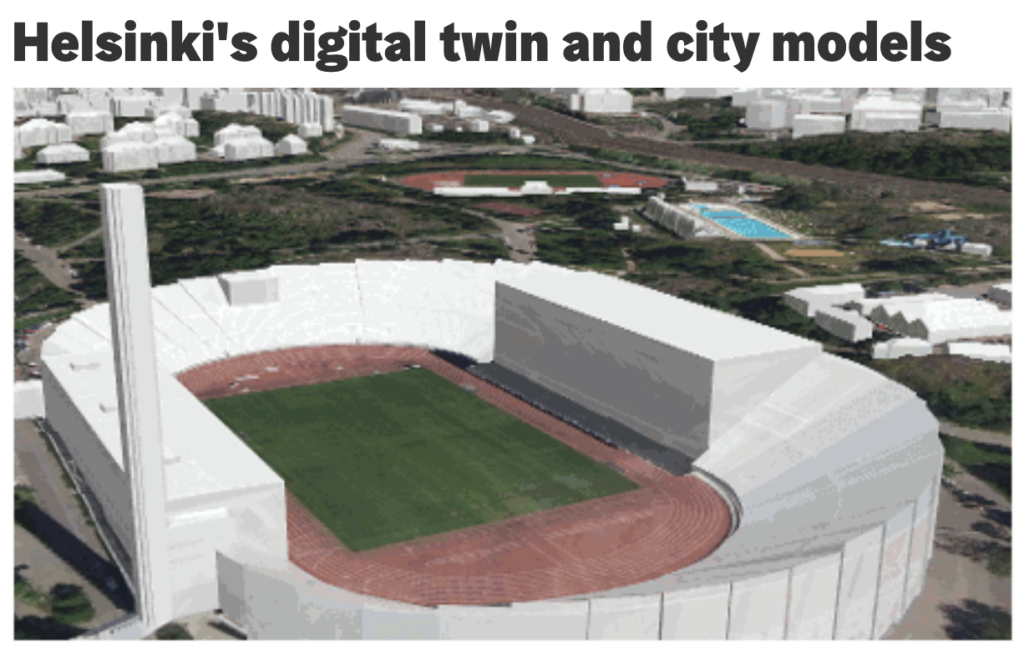
Source: Helsinki city webpage
At the same time, Helsinki has developed a digital twin of its essential systems including transportation, waste management, infrastructure, and energy consumption. This virtual replica is capable of detecting instances of traffic congestion or inefficient waste management, thus improving the well-being of city residents and enhancing the efficiency of city management. By creating such a twin, Helsinki is also contributing to the advancement of science and innovation.
Monitoring complex systems using other solutions can be a daunting task, but digital twins make it possible. These twins not only help in preventing threats but also enhance the efficiency of the health system and facilitate the planning of reconstruction works. As a result, the risk of damage to homes, businesses, and other infrastructure is significantly reduced
How are digital twins in construction born?
The process of creating a digital twin involves collecting and integrating data from various sources, including 3D laser scanners, drones, sensors, cameras, and other Internet of Things (IoT) devices. This data includes information on the physical properties of the object, such as its shape and location, as well as its reaction to environmental factors.
The data is then fed into a Building Information Modeling (BIM) model and 3D modeling software, which brings the digital twin to life. The digital twin is continually updated in real time as data from multiple sources is integrated, enabling it to adapt to changes in the physical world.
A good tool for all parties
Digital twins are no longer exclusive to governments and have now extended to the private sector. As the availability of digital solutions increases, private companies are seeking to order digital twins to detect problems in construction. In several cases, companies request the creation of a digital replica before construction commences to avoid possible errors, additional expenses, and other unforeseen situations.
The construction industry can benefit greatly from digital twins, and below are some examples of situations where they are particularly useful:
- Architects can benefit from digital twins by creating a visual model that can be tested and presented to the client prior to the commencement of construction.
- Civil engineers can use digital twins to evaluate the effectiveness of a building, including the materials used, structural design, and safety planning.
- Renovators can assess the condition of a building before starting renovation work with the aid of digital twins.
- Construction companies can leverage digital twins to plan more precise budgets and schedules for construction activities, as well as to manage risk effectively.
- Property managers can optimize building performance, productivity, and maintenance costs through the utilization of digital twins.
In summary, digital twins have the potential to revolutionize the construction sector by enabling more sustainable, safer, and durable buildings, along with more efficient property management that leads to reduced costs.


